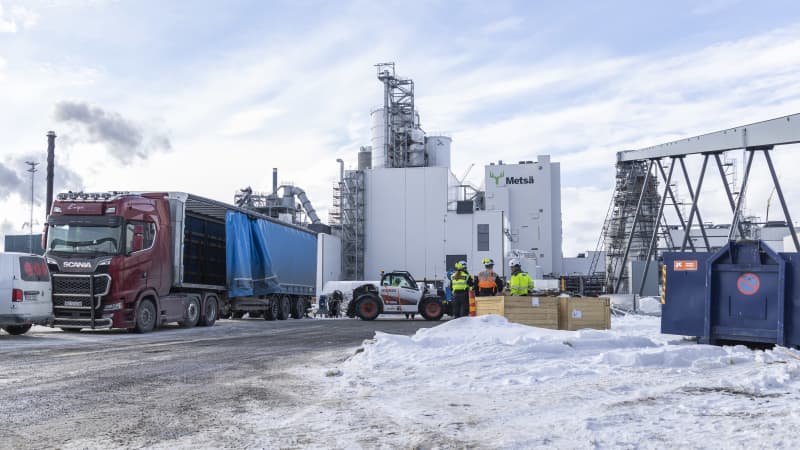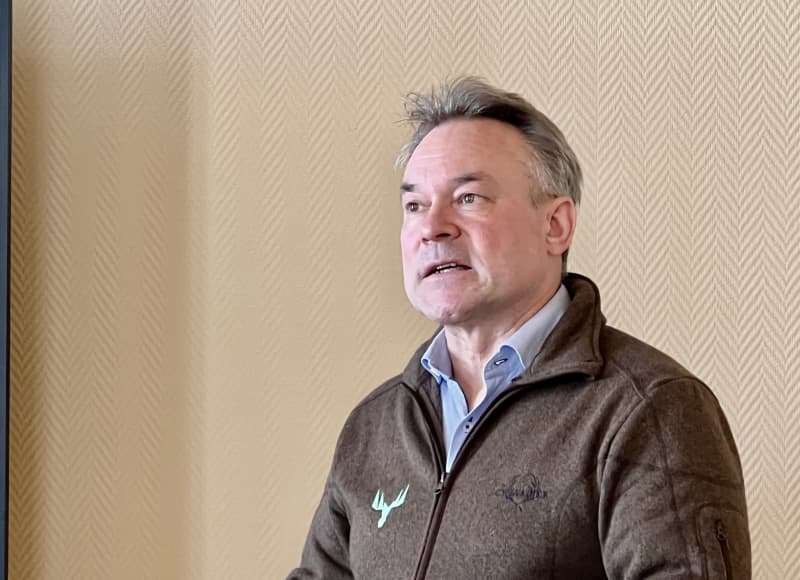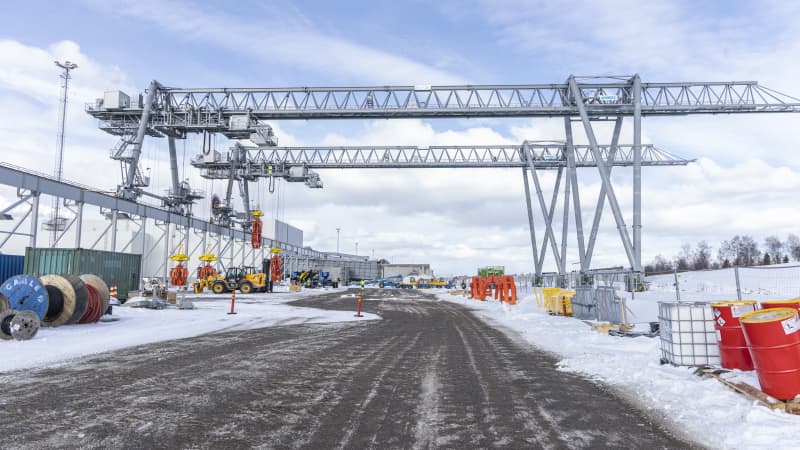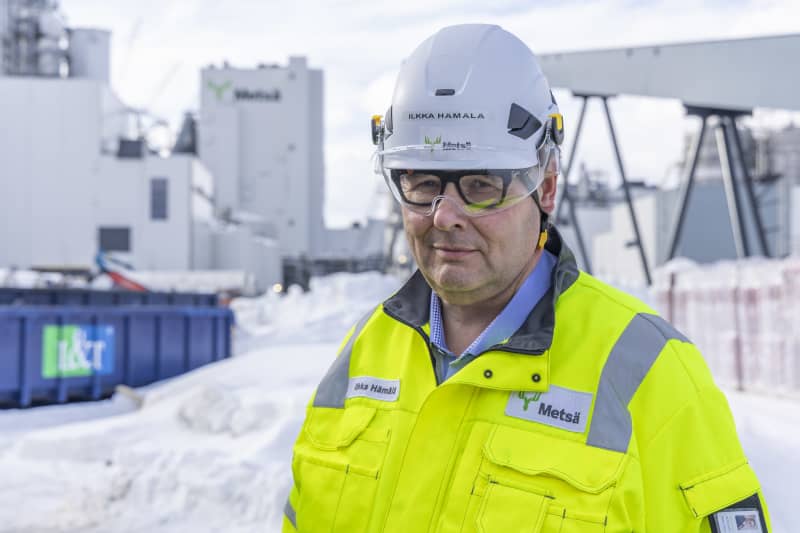Investors, non-governmental organizations as well as the forest owners of the Metsäliitto cooperative, which owns the company, have started demanding ecological forest management as part of the company’s goals.
In society, there is now a strong discussion about forests, deforestation and loss of nature. Metsä Group’s answer to this is a strategy for renewing forestry.
The company says that it aims to strengthen the state of nature by 2030. Investors, non-governmental organizations as well as the forest owners of the Metsäliitto cooperative, which owns the company, have started demanding ecological forest management as part of the company’s goals.
– Discussions about forest issues have reached new heights. We need to respond more forcefully to that discussion, Hämälä states.
One of the ongoing discussions is how there is enough wood for the giant factory to be built in Kemi and whether the Finnish forest should be felled so massively that the nature of the forest suffers.
According to Hämälä, forestry must use more and more operating methods that preserve and even improve biodiversity.
– More decaying trees, more saving trees. We are starting to identify valuable sites that can be protected. Dozens of different measures are needed, which are carried out in different locations every year, Hämälä says.

The effects of the strategy must be measured
Lehesvirta says that the effects of the renewing forestry strategy must be measured and monitored.
– We need a wide range of stakeholders involved in this goal-oriented work. Accurate metrics must be created for the goals, and for that, for example, we want independent external experts as our partners, says Lehesvirta.
So how will the new strategy be implemented for the members of Metsä Group’s parent company, Metsäliitto Cooperative, who own about half of Finland’s private forests? How can the owner get money from his forest, but at the same time take nature into account?
– It is easy in that sense, because the strategy has the support of the management. Responsibility strategies can never be separate from business, he reminds.
Lehesvirta has met Finnish forest owners at events where the strategy of renewing forestry has been discussed. Forest management is a multi-generational activity, and often especially families who own forests want to practice forestry in such a way that the forests provide joy and income for the next generations as well.
– The forest owners have been very embarrassed by the current forest discussions. Metsäala has been a little bit in hedgehog defense positions. However, there are things that forest owners cannot influence: the climate changes and society’s values \u200b\u200bchange. However, the use of wood will not disappear, even if the management of the forest is changed, Lehesvirta states.

Where does the wood come from for the factory?
The new pulp mill to be built in Kemi needs about six and a half million cubic meters of wood per year.
CEO Ilkka Hämälä says that 60 percent of the factory’s trees come from first- and second-thinning sites in Lapland.
– In addition, timber traffic between Finland and Sweden will change. Today, significant quantities of softwood are exported from Finland to Sweden. When the demand increases in Finland, I think there will be changes in the export flow.


